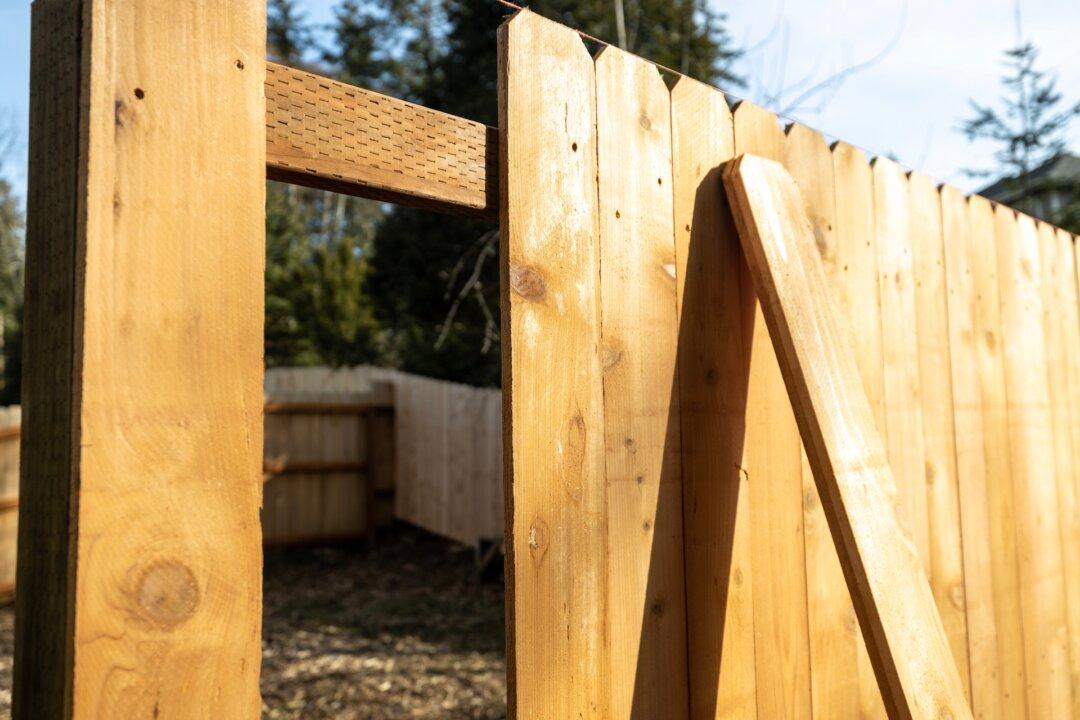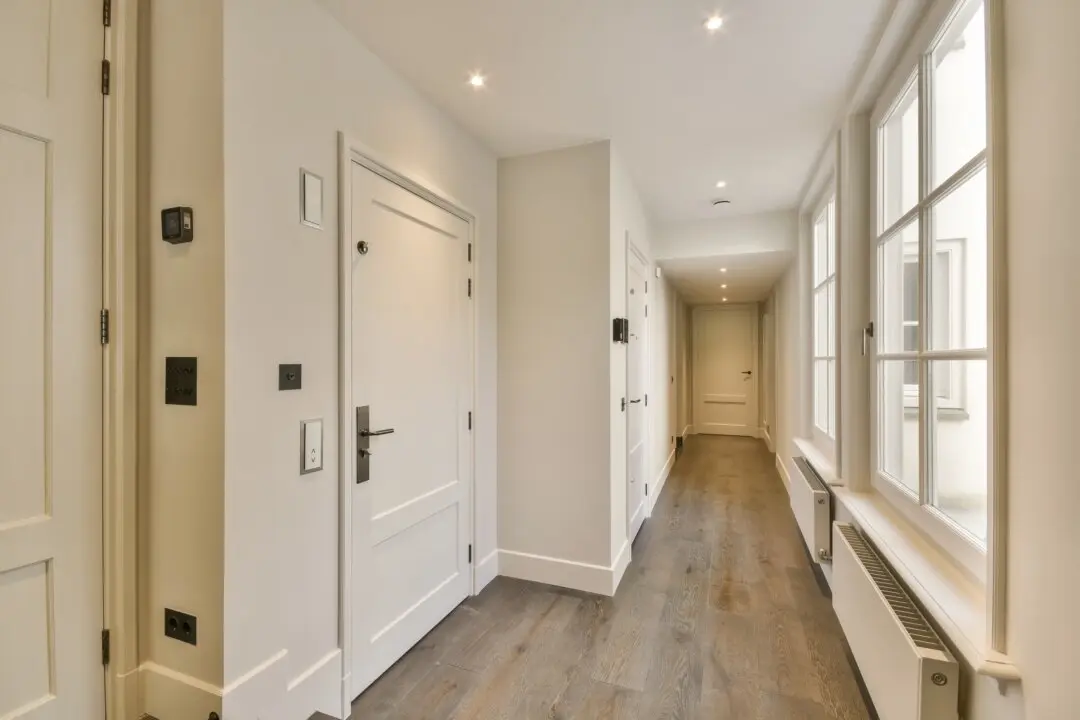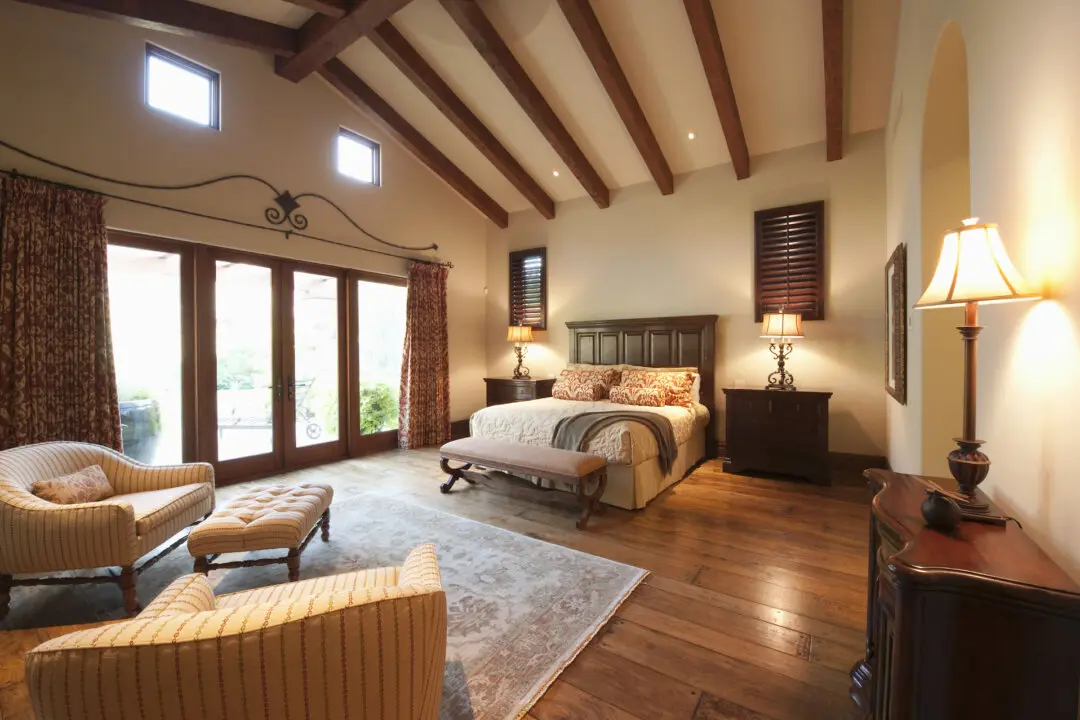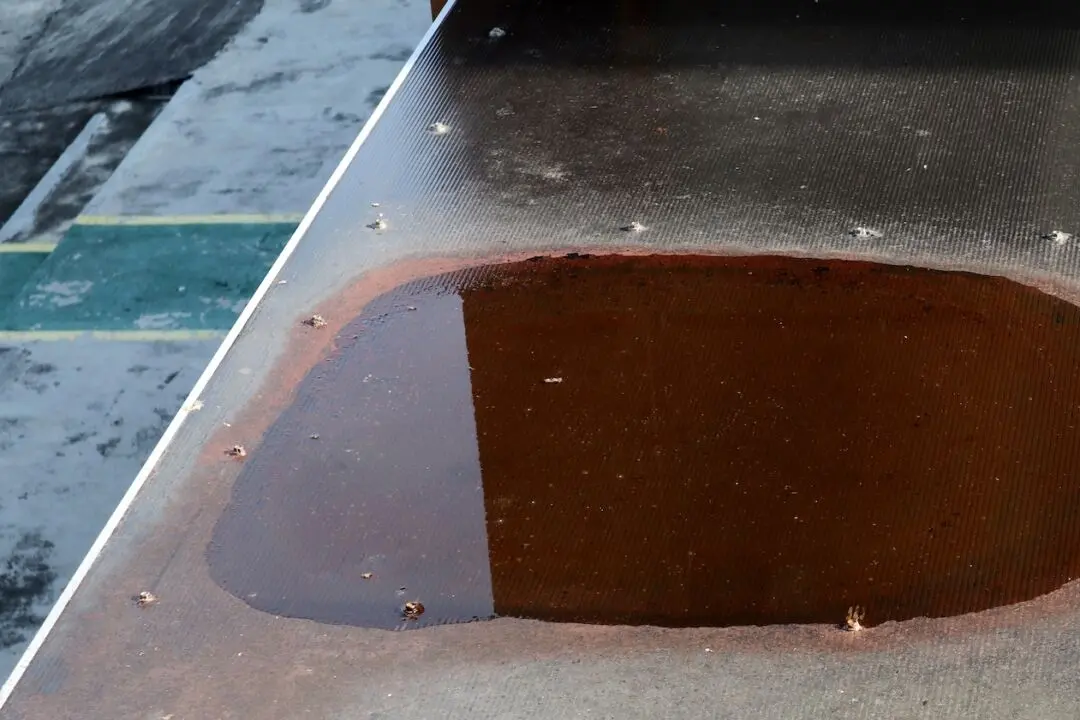Dear James: I live in a house on a sloping lot and want to add a privacy fence around the backyard. How should I construct it so it looks good down the sloping side?—Diane K.
Dear Diane: You have several options for privacy fence designs and construction methods depending upon the level of privacy you want and your budget. For a do-it-yourself project, most of the design will require you to dig postholes for the tall support posts. It is hard work, and the posts are heavy.





